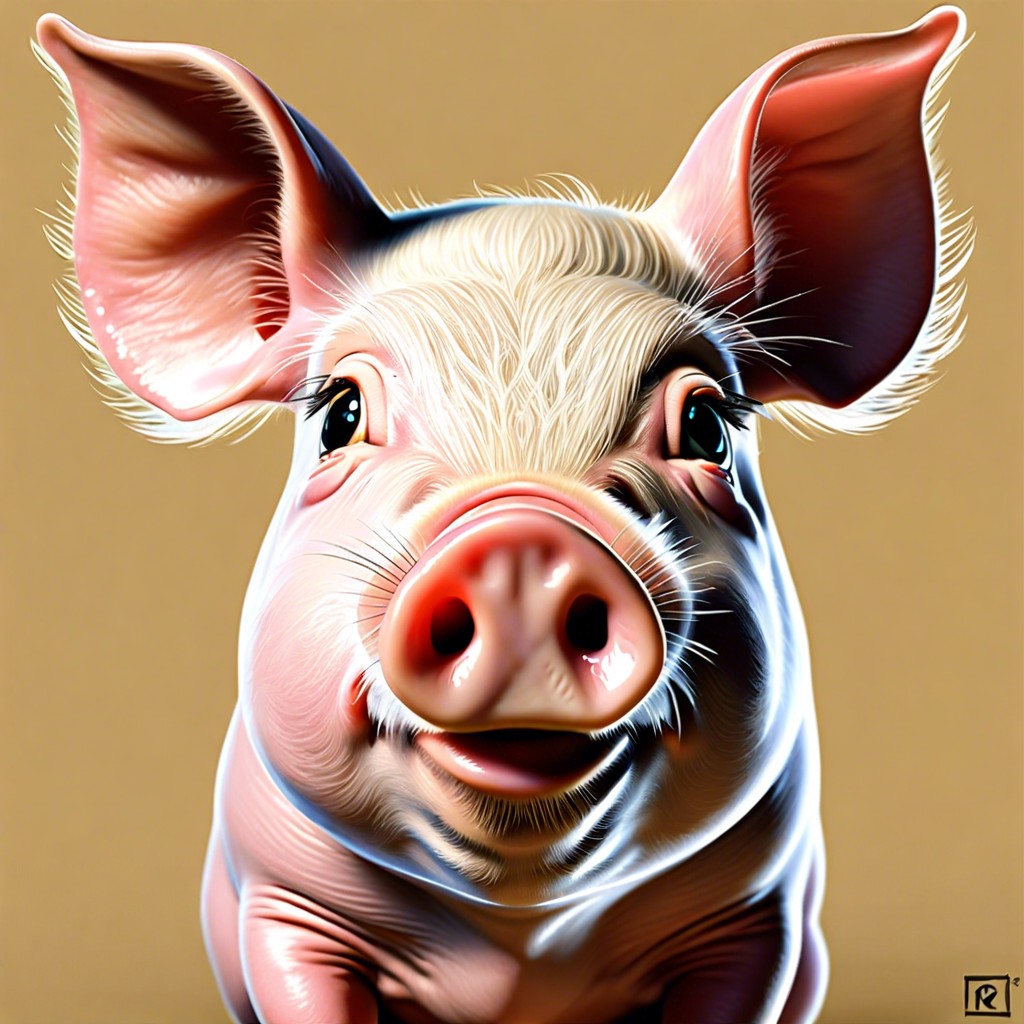Curious about the legendary size of the Kraken? This article explains just how enormous this mythical sea beast is.
Key takeaways:
- The Kraken is a mythical sea creature described as a massive squid-like beast.
- It was believed to be so large that it could sink ships and drag entire crews to their doom.
- Early descriptions compared it to an island and suggested it could create whirlpools.
- Literary works like “Twenty Thousand Leagues Under the Sea” and “Moby Dick” feature the Kraken.
- The Kraken has also made appearances in popular culture, including movies and games.
General Description and Myth
Picture this: you’re a sailor in the icy waters off Norway, and suddenly, the sea starts bubbling like it’s got a bad case of indigestion. Out pops the kraken, a behemoth squid-like creature, so massive it could single-handedly sink ships.
Ancient mariners whispered tales of this beast lurking beneath the waves. Norse sagas painted it as a creature of nightmares. It was said to drag entire crews to their watery doom.
- Think of it as a colossal calamari with an attitude.
- Some believed it could create whirlpools by merely swishing its tentacles.
- Early descriptions often likened it to an island due to its gigantic size.
In a world without sonar, radar, or Google Maps, you can sympathize with these sailors who mistook the kraken for a floating, menacing landmass. This mythological monster has haunted imaginations, casting a long, terrifying shadow across the seven seas.
First Descriptions
When ancient mariners mumbled about this sea beast, their descriptions were as varied as a pirate’s treasure map. Norwegian folklore depicted it as a massive, tentacled creature capable of dragging entire ships to the ocean floor—talk about an overachiever!
Ancient texts often referenced gigantic dimensions, but details were as murky as the water Kraken supposedly lurked in. Imaginations soared, with some accounts suggesting it was as large as an island. Take Pliny the Elder, for example; he described creatures seemingly plucked from a fever dream, suggesting influences from earlier mythological tales.
A few accounts even dared assert the Kraken’s deadly embrace measured a whopping mile wide. Next time you complain about your partner’s clinginess, remember, it could be tentacles on a bad day!
Literary Influences
Pirate tales, anyone? The kraken has inked its tentacles deep into literature. Jules Verne’s “Twenty Thousand Leagues Under the Sea” gave us a kraken the size of an overactive imagination on steroids. It’s basically the monster truck of sea creatures, turning Captain Nemo’s adventure into an epic showdown.
Alfred Lord Tennyson wasn’t to be outdone; he too brought a kraken to life in his poem, but with an air of melancholic mystery. It’s like the kraken joined the goth club—vast, ancient, and brooding in the shadows of the sea.
Herman Melville’s “Moby Dick” doesn’t mention the kraken by name but let’s be honest, if anything could take on Moby Dick, it would be this tentacled terror.
And let’s not forget the many tendrils of pop culture that have grasped the kraken, from movies like “Clash of the Titans” to games like “Assassin’s Creed.” It’s the recurring nightmare that no sailor wants, but every storyteller loves.



